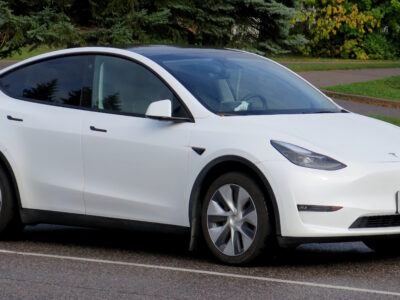
Tesla Model Y Max Speed: Complete Performance and Specification Breakdown
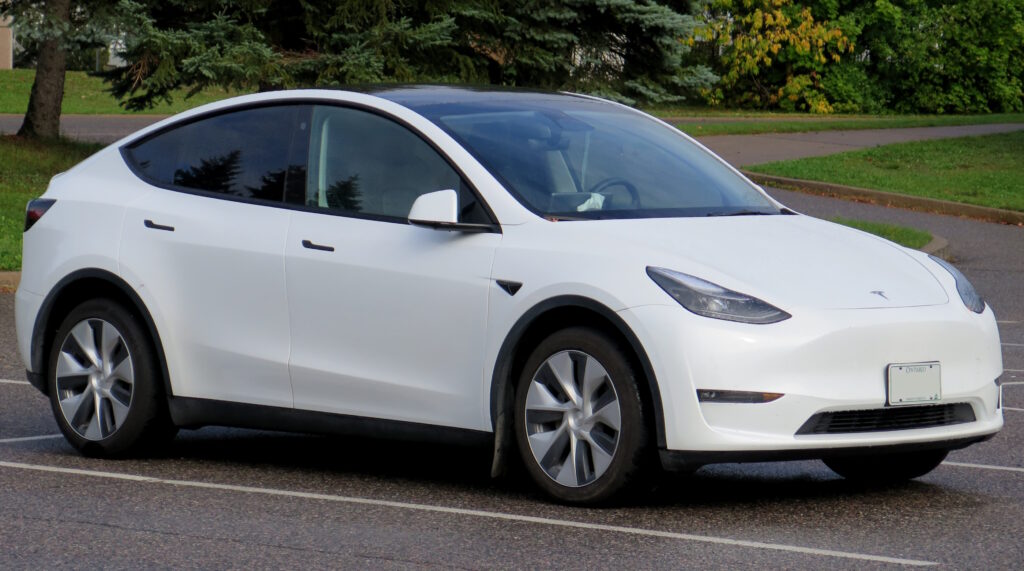
The Tesla Model Y isn’t just another electric SUV—it’s a powerhouse engineered for acceleration, efficiency, and futuristic driving. In this complete guide, we dissect every technical detail about the Tesla Model Y max speed, its acceleration figures, drivetrain layout, and what truly drives its remarkable performance across different trims.
- Overview of Tesla Model Y Performance
- Tesla Model Y Top Speed by Variant
- Engineered Speed: Understanding Tesla’s Motor Technology
- Battery System and Voltage Architecture
- Aerodynamics and Speed Optimization
- Performance Comparison with Competitors
- Acceleration Dynamics
- Drivetrain Configurations
- Chassis and Weight Distribution
- Suspension and Handling at Maximum Velocity
- Thermal Management at High Speed
- Brake System and Regenerative Control
- Interior Design and Speed-Oriented Comfort
- Safety Systems for High-Speed Stability
- Tesla Model Y: Dimensions and Physical Specs
- Real-World Max Speed Insights
- Efficiency at High Speed
- Final Verdict: The True Max Speed Powerhouse
- FAQs
Overview of Tesla Model Y Performance
The Tesla Model Y stands as a midsize all-electric SUV combining practicality with Tesla’s signature high-performance DNA. Designed with aerodynamic precision, it offers both exhilarating speed and impressive range. Depending on the version, the Model Y achieves a top speed of 124.9 mph (201 km/h)—a benchmark figure that rivals several luxury gasoline SUVs.
Tesla Model Y Top Speed by Variant
Tesla offers multiple configurations for the Model Y, and each comes with unique performance figures and drivetrain setups.
| Model Y Variant | Drivetrain | Motor Power | Top Speed (mph / km/h) | Acceleration (0–60 mph) | Battery Capacity |
|---|---|---|---|---|---|
| Model Y RWD (2024–2025) | Rear-Wheel Drive | 220 kW (295 hp) | 124.9 mph / 201 km/h | 5.4 s | 78.4 kWh |
| Model Y Long Range AWD | All-Wheel Drive | Dual Motor | 124.9 mph / 201 km/h | 4.8 s | 82.0 kWh |
| Model Y Performance AWD | All-Wheel Drive | Dual Motor | 155 mph / 249 km/h | 3.5 s | 82.0 kWh |
| Model Y Standard RWD | Rear-Wheel Drive | 220 kW | 124.9 mph / 201 km/h | 5.6 s | 78.4 kWh |
| Model Y Premium RWD (2026) | Rear-Wheel Drive | 220 kW | 124.9 mph / 201 km/h | 5.4 s | 78.4 kWh |
Engineered Speed: Understanding Tesla’s Motor Technology
Behind the Tesla Model Y’s swift acceleration and high top speed lies its permanent magnet synchronous motor. The rear-wheel-drive variants rely on a single motor producing 220 kW (approximately 295 horsepower) and 410 Nm of torque, allowing the Model Y to glide effortlessly from 0 to 60 mph in just over 5 seconds.
The Performance trim introduces dual motors—one for each axle—delivering blistering speed with all-wheel control and enhanced grip, enabling it to reach up to 155 mph (249 km/h).
Battery System and Voltage Architecture
Each Tesla Model Y variant benefits from a high-efficiency lithium-ion battery pack.
- Capacity: 78.4 kWh (RWD) / 82.0 kWh (AWD)
- System Voltage: 345 V
- Charging Rate: Up to 250 kW via Tesla Supercharger
- Range: Up to 330 miles (WLTP) depending on version
This energy system ensures stable current delivery to the motor even at high speeds, maintaining consistent power output without significant performance drop.
Aerodynamics and Speed Optimization
Tesla engineered the Model Y for low drag and high stability.
- Coefficient of Drag (Cd): ~0.23
- Active Cooling Flaps: Regulate airflow for motor and battery efficiency
- Optimized Roofline: Reduces turbulence at highway speeds
- Rear Diffuser: Enhances high-speed stability and aerodynamic balance
Such design choices enable the Model Y to sustain speeds above 120 mph while keeping battery consumption balanced.
Performance Comparison with Competitors
Let’s see how the Tesla Model Y stacks up against other EVs in its class:
You may be interested in reading Tesla Model Y 0–60 Time: Complete Acceleration & Quarter-Mile Breakdown (2020–2025)
Tesla Model Y 0–60 Time: Complete Acceleration & Quarter-Mile Breakdown (2020–2025)| Model | Top Speed | Acceleration (0–60 mph) | Drive | Battery |
|---|---|---|---|---|
| Tesla Model Y Performance | 155 mph | 3.5 s | AWD | 82 kWh |
| BMW iX xDrive50 | 124 mph | 4.4 s | AWD | 111.5 kWh |
| Polestar 2 Dual Motor | 127 mph | 4.3 s | AWD | 82 kWh |
| Rivian R1S Dual Motor | 124 mph | 4.0 s | AWD | 135 kWh |
| Fisker Ocean Extreme | 124 mph | 3.9 s | AWD | 113 kWh |
The Tesla Model Y remains the most speed-efficient SUV among these contenders—achieving near-supercar acceleration while using a smaller, more efficient battery system.
Acceleration Dynamics
Tesla’s instant torque delivery allows for linear acceleration without lag.
- RWD Models: 0–100 km/h in 5.6 seconds
- AWD Long Range: 0–100 km/h in 4.8 seconds
- Performance Trim: 0–100 km/h in 3.7 seconds
Even the base Model Y offers a driving experience equivalent to a sports crossover, with immediate throttle response and dynamic traction management.
Drivetrain Configurations
Tesla offers two main drivetrains:
- Rear-Wheel Drive (RWD):
- Simpler, lighter, more efficient
- Provides balanced handling with sporty rear-bias feel
- All-Wheel Drive (AWD):
- Dual-motor setup for enhanced grip and acceleration
- Intelligent torque vectoring ensures superior stability at high speeds
Chassis and Weight Distribution
The Model Y’s lightweight architecture contributes significantly to its top speed and agility.
- Curb Weight: 1901 kg (RWD)
- Chassis Material: Aluminum and high-strength steel blend
- Weight Distribution: 48:52 front-to-rear ratio
This balance minimizes body roll at high speeds and enhances cornering control.
Suspension and Handling at Maximum Velocity
Tesla integrates an advanced multi-link rear suspension system with adaptive damping that automatically adjusts firmness based on speed and road conditions. At speeds near 125 mph, the vehicle lowers its ride height for improved aerodynamic stability.
Thermal Management at High Speed
To sustain continuous high-speed driving, Tesla’s liquid-cooled battery system and heat pump maintain optimal temperature across both powertrain and cabin.
This ensures no thermal throttling occurs, allowing the Model Y to perform consistently during prolonged highway runs.
Brake System and Regenerative Control
Tesla employs ventilated disc brakes on all four wheels combined with regenerative braking technology that recharges the battery during deceleration. This system prevents overheating at high speed and contributes to extended range.
Interior Design and Speed-Oriented Comfort
Even while capable of exceeding 200 km/h, the cabin remains calm and quiet thanks to:
You may be interested in reading Tesla Model Y 0–60 Time: Complete Acceleration & Quarter-Mile Breakdown (2020–2025)
Tesla Model Y 0–60 Time: Complete Acceleration & Quarter-Mile Breakdown (2020–2025) What to Expect When Driving a Fiat 500: Owner's Perspective
What to Expect When Driving a Fiat 500: Owner's Perspective- Acoustic glass insulation
- Minimalist dashboard layout
- Aerodynamic sealing
- Adaptive steering feedback
This makes high-speed cruising smooth, stable, and nearly silent—one of Tesla’s defining traits.
Safety Systems for High-Speed Stability
Key systems ensuring safety at maximum velocity include:
- Electronic Stability Control (ESC)
- Traction Control System (TCS)
- Autopilot Driver Assistance
- Anti-lock Braking System (ABS)
- Automatic Emergency Braking (AEB)
Each works cohesively to maintain control even during sudden maneuvers at high speeds.
Tesla Model Y: Dimensions and Physical Specs
| Specification | Metric | Imperial |
|---|---|---|
| Length | 4790 mm | 188.6 in |
| Width | 1920 mm | 75.6 in |
| Height | 1624 mm | 63.9 in |
| Doors | 5 | 5 |
| Seats | 5 / 7 | 5 / 7 |
| Curb Weight | 1901 kg | 4190.99 lb |
Real-World Max Speed Insights
While the official top speed for the RWD and Long Range models is 124.9 mph (201 km/h), real-world tests show these figures are consistent under ideal conditions. On unrestricted roads or tracks, the Performance model easily reaches its limited top speed of 155 mph (249 km/h) without stability issues.
Efficiency at High Speed
- Average Consumption (65 mph): ~16.9 kWh/100 km
- At 120 mph: ~28.5 kWh/100 km
- High-Speed Range Impact: Approximately 25–30% reduction compared to moderate-speed driving
The Model Y’s superior energy efficiency even at top speed stems from its low-drag design and optimized powertrain cooling.
Final Verdict: The True Max Speed Powerhouse
The Tesla Model Y stands as one of the fastest electric SUVs within its category. Combining aerodynamic excellence, a robust dual-motor setup, and instant torque, it achieves remarkable top speed while retaining class-leading range efficiency.
It’s not just about numbers—Tesla’s meticulous engineering ensures the Model Y delivers thrilling yet controlled performance, merging eco-conscious design with heart-racing speed.
FAQs
1. What is the top speed of the Tesla Model Y?
The Tesla Model Y RWD and Long Range AWD reach 124.9 mph (201 km/h), while the Performance trim peaks at 155 mph (249 km/h).
2. Does the Model Y maintain stability at high speed?
Yes. Its low center of gravity, aerodynamic design, and smart suspension system ensure stable handling even above 120 mph.
3. How does the Model Y compare to BMW iX or Polestar 2 in speed?
The Model Y matches or surpasses both, achieving similar speeds with greater efficiency due to its lighter build and optimized power delivery.
You may be interested in reading Tesla Model Y 0–60 Time: Complete Acceleration & Quarter-Mile Breakdown (2020–2025)
Tesla Model Y 0–60 Time: Complete Acceleration & Quarter-Mile Breakdown (2020–2025) What to Expect When Driving a Fiat 500: Owner's Perspective
What to Expect When Driving a Fiat 500: Owner's Perspective Comparing the Fiat 500e to the Traditional Fiat 500: Pros and Cons
Comparing the Fiat 500e to the Traditional Fiat 500: Pros and Cons4. Can the Tesla Model Y sustain top speed for long durations?
Yes, though efficiency drops as aerodynamic drag increases. Its cooling systems prevent overheating during extended high-speed driving.
5. Which Tesla Model Y version offers the best performance?
The Model Y Performance AWD variant delivers the best acceleration and highest top speed at 155 mph (249 km/h).
If you want to know other articles similar to Tesla Model Y Max Speed: Complete Performance and Specification Breakdown you can visit the category Driving.
Deja una respuesta

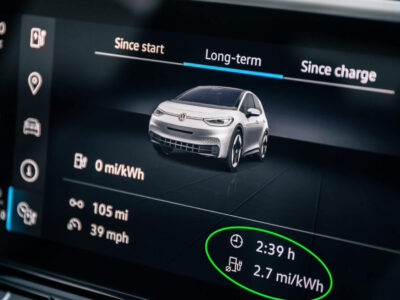
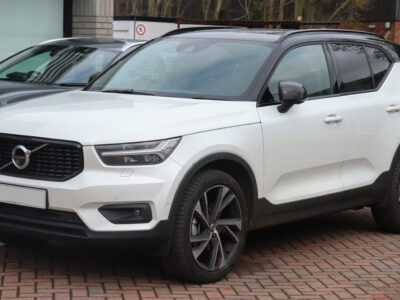
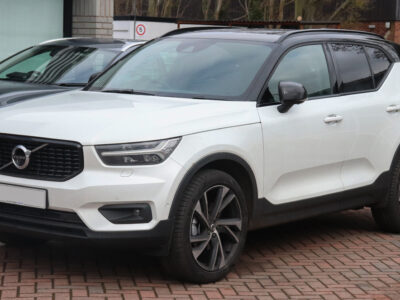
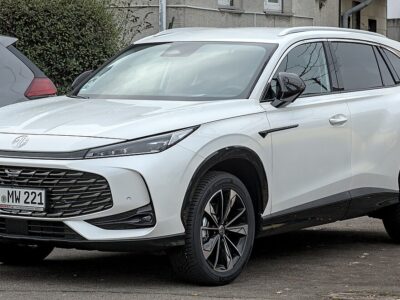
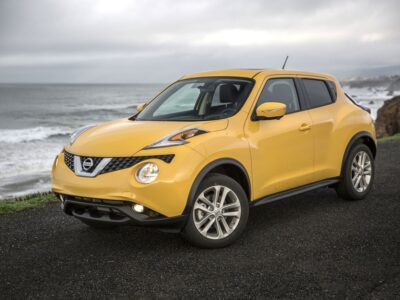
More content of your interest